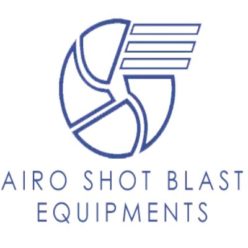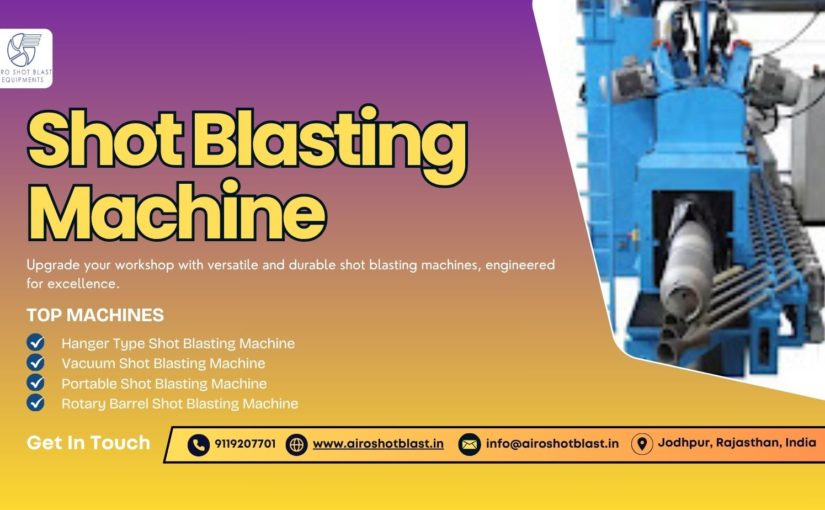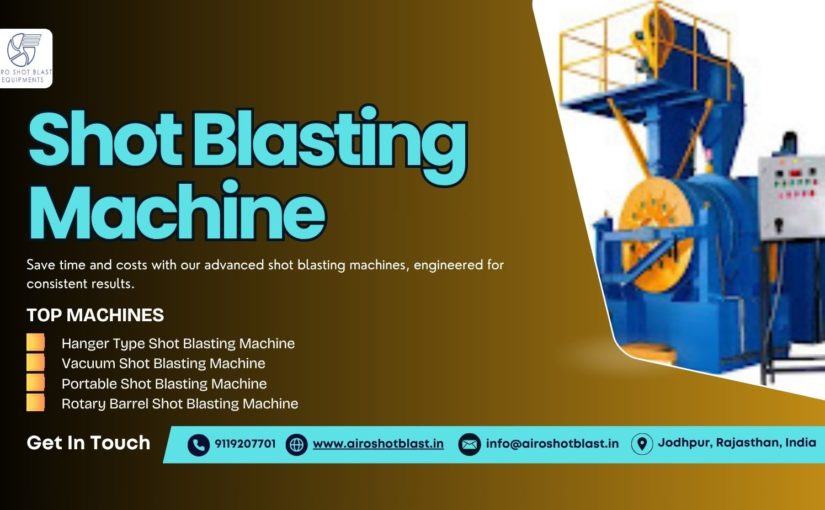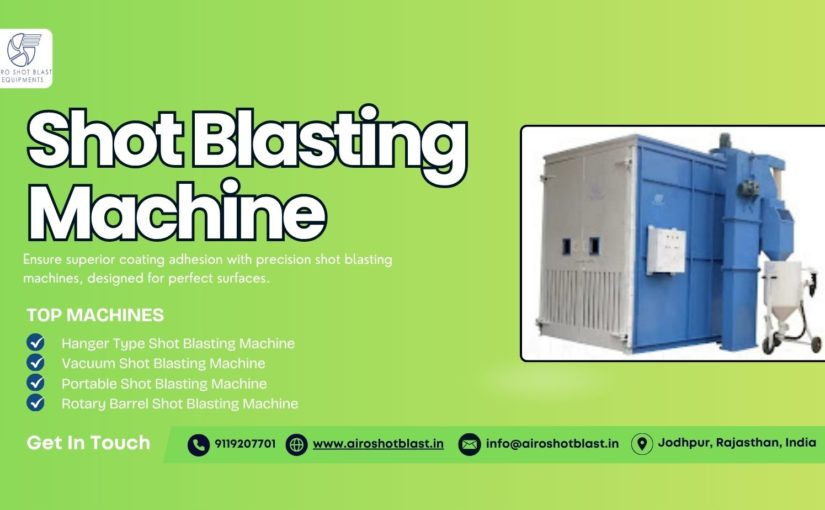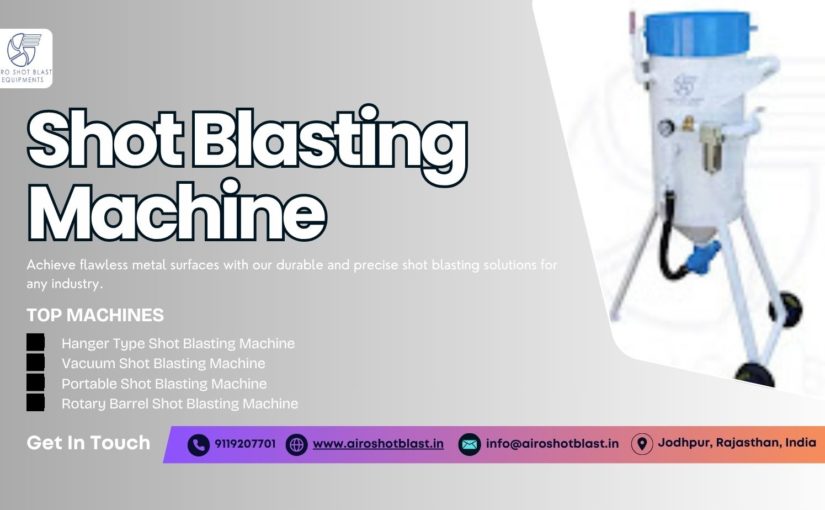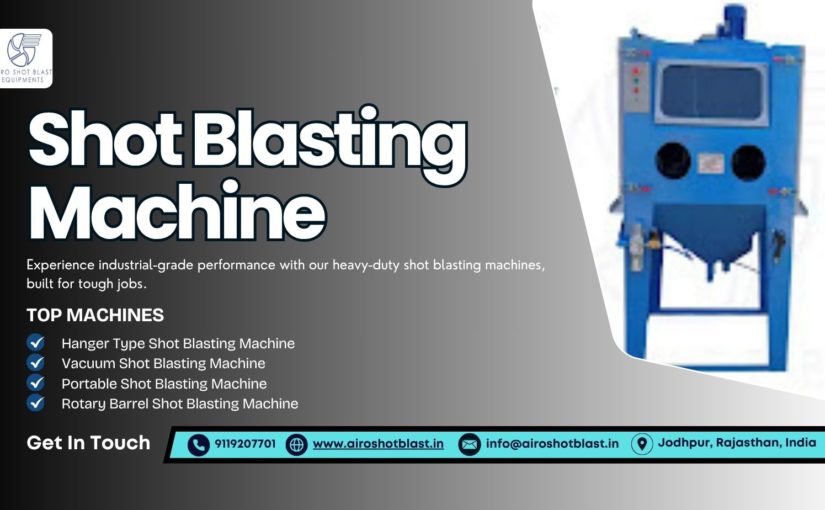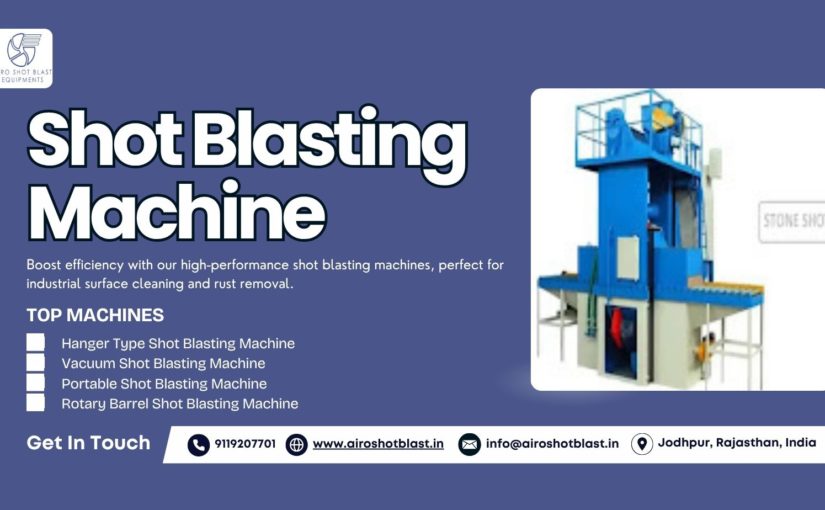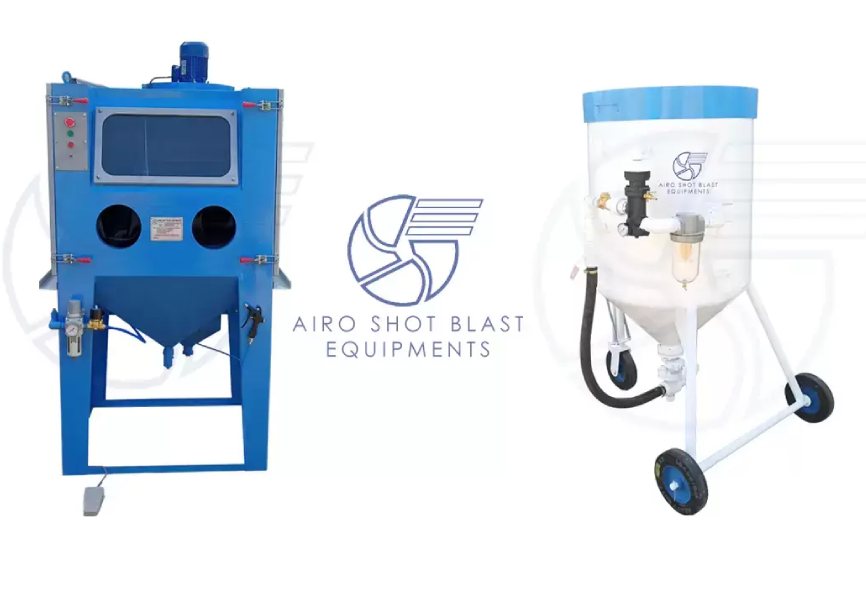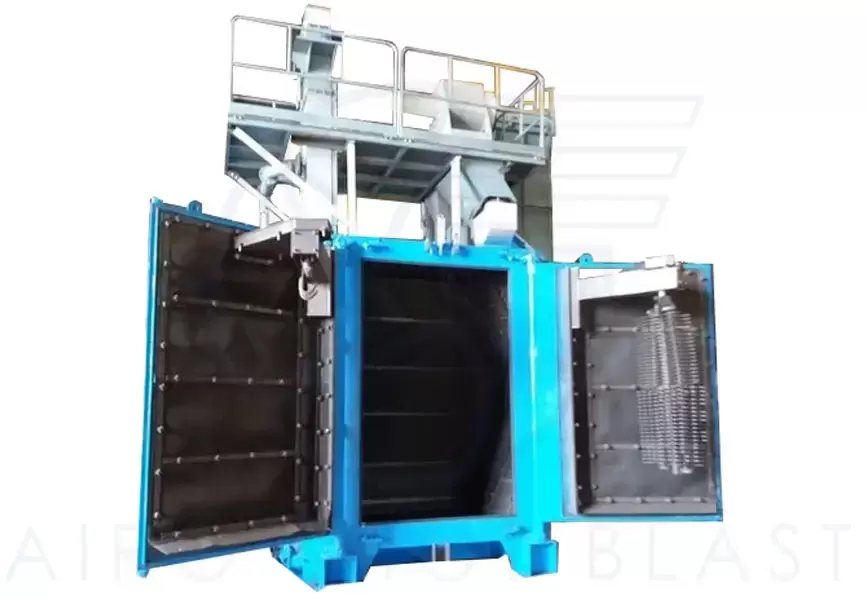Shop handheld shot blasting machines for maintenance crews. Durable, portable, and cost-effective solutions designed for industrial surface cleaning.
Introduction
Industrial maintenance teams face constant challenges—rust, old coatings, dirt, and corrosion on metal and concrete surfaces. A handheld shot blasting machine is the perfect solution for such jobs. Compact yet powerful, it helps maintenance crews complete surface preparation tasks efficiently without heavy equipment.
In this article, you’ll discover the benefits, applications, buying tips, and reasons to shop handheld shot blasting machines for your crew.
What Is a Handheld Shot Blasting Machine?
A handheld shot blasting machine is a portable surface cleaning tool that uses abrasive media to remove rust, paint, and other contaminants. Unlike large blasting systems, these machines are:
- Lightweight – Easy to carry and operate in tight spaces.
- Efficient – Delivers strong surface cleaning without long downtime.
- Cost-Effective – Ideal for small to medium maintenance projects.
Key Benefits for Maintenance Crews
1. Portability and Easy Handling
Maintenance crews often work in hard-to-reach areas. A handheld shot blasting machine provides flexibility, allowing workers to clean surfaces quickly without moving heavy machinery.
2. Faster Surface Preparation
These machines save valuable time by removing rust, old coatings, and dirt in minutes, ensuring surfaces are ready for painting or welding.
3. Durability and Reliability
Built with strong materials, handheld blasters withstand rough industrial conditions, making them a long-term investment for companies.
4. Cost Savings
Compared to outsourcing large blasting jobs, maintenance crews using handheld machines reduce expenses on labor and service charges.
Read More – https://www.patreon.com/posts/smart-abrasive-137455212
Applications of Handheld Shot Blasting Machines
Maintenance crews rely on handheld shot blasting machines in multiple industries:
- Construction – Cleaning steel beams, frames, and metal structures.
- Shipyards – Removing rust and marine growth from ship surfaces.
- Automotive – Prepping car parts, frames, and restoration projects.
- Oil & Gas – Maintaining pipelines, tanks, and heavy-duty equipment.
- Factories – Cleaning machinery parts, conveyors, and tools.
How to Choose the Right Handheld Shot Blasting Machine
When shopping for a handheld shot blasting machine, consider:
- Machine Power & Capacity – Match with your project requirements.
- Abrasive Compatibility – Ensure it works with grit, sand, or shot.
- Durability & Build Quality – Heavy-duty machines last longer.
- Safety Features – Look for dust collectors and ergonomic designs.
- After-Sales Support – Reliable suppliers offer spare parts and service.
👉 Pro Tip: Always buy from a trusted manufacturer to ensure performance, warranty, and safety compliance.
Why Shop From Trusted Manufacturers
Buying a handheld shot blasting machine from an experienced manufacturer ensures:
- High-quality and tested machines.
- Affordable pricing options.
- Spare parts availability.
- Training and customer support.
For example, companies like Shot Blaster (India’s leading blasting machine manufacturer) provide ISO-certified and performance-tested machines that meet global standards.
Conclusion
A handheld shot blasting machine is not just a tool—it’s a productivity booster for your maintenance crew. With portability, durability, and cost efficiency, it’s the best choice for industrial cleaning and surface preparation.
If you’re planning to shop handheld shot blasting machines, make sure to compare models, check features, and choose a trusted manufacturer. The right machine will improve your crew’s efficiency and save long-term costs.
